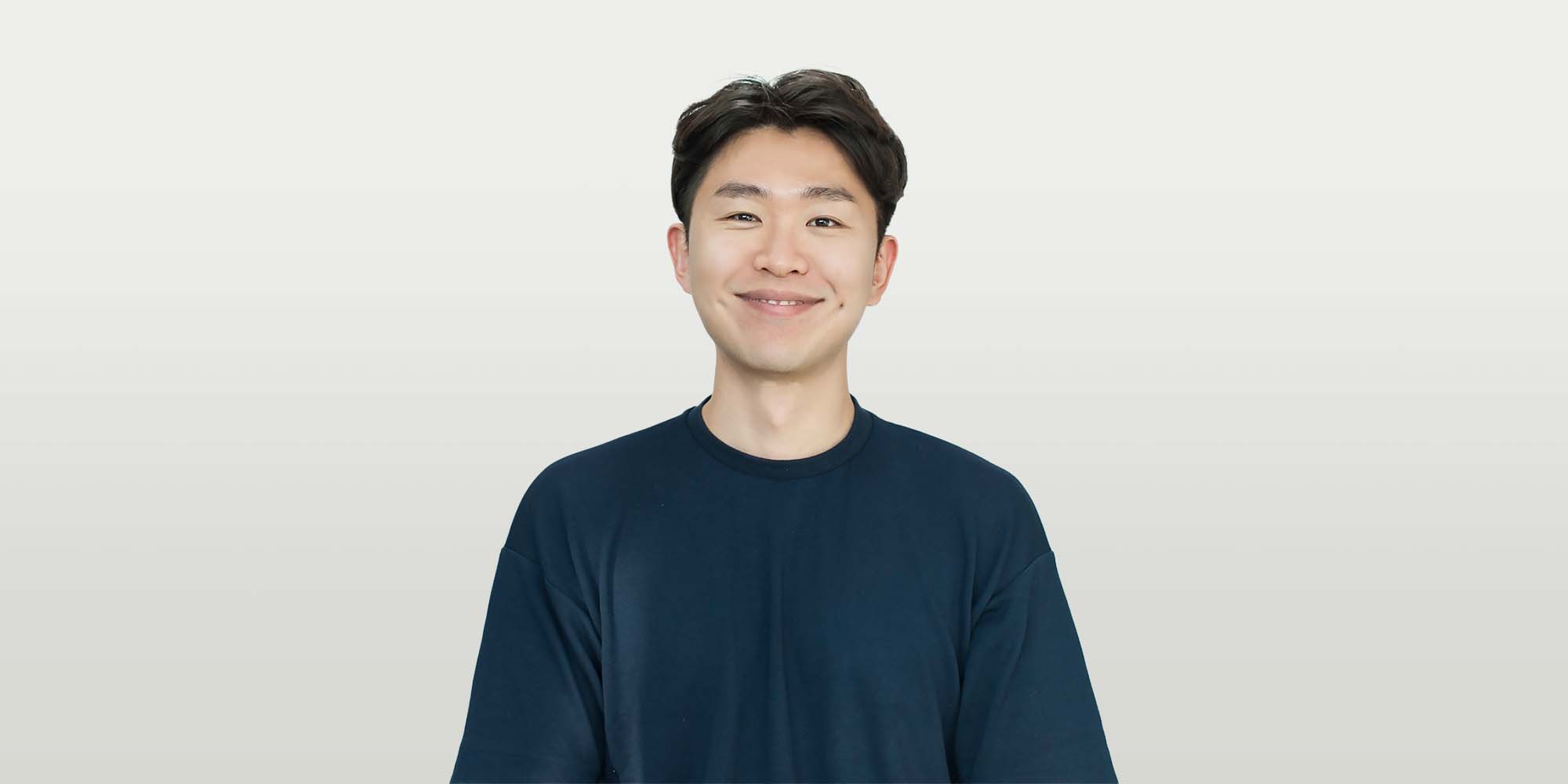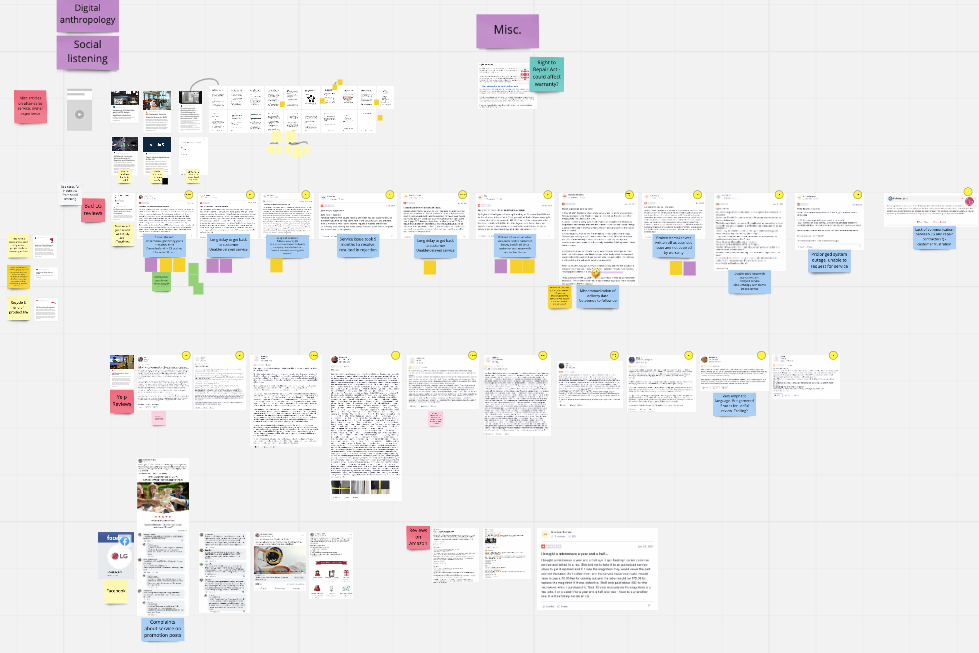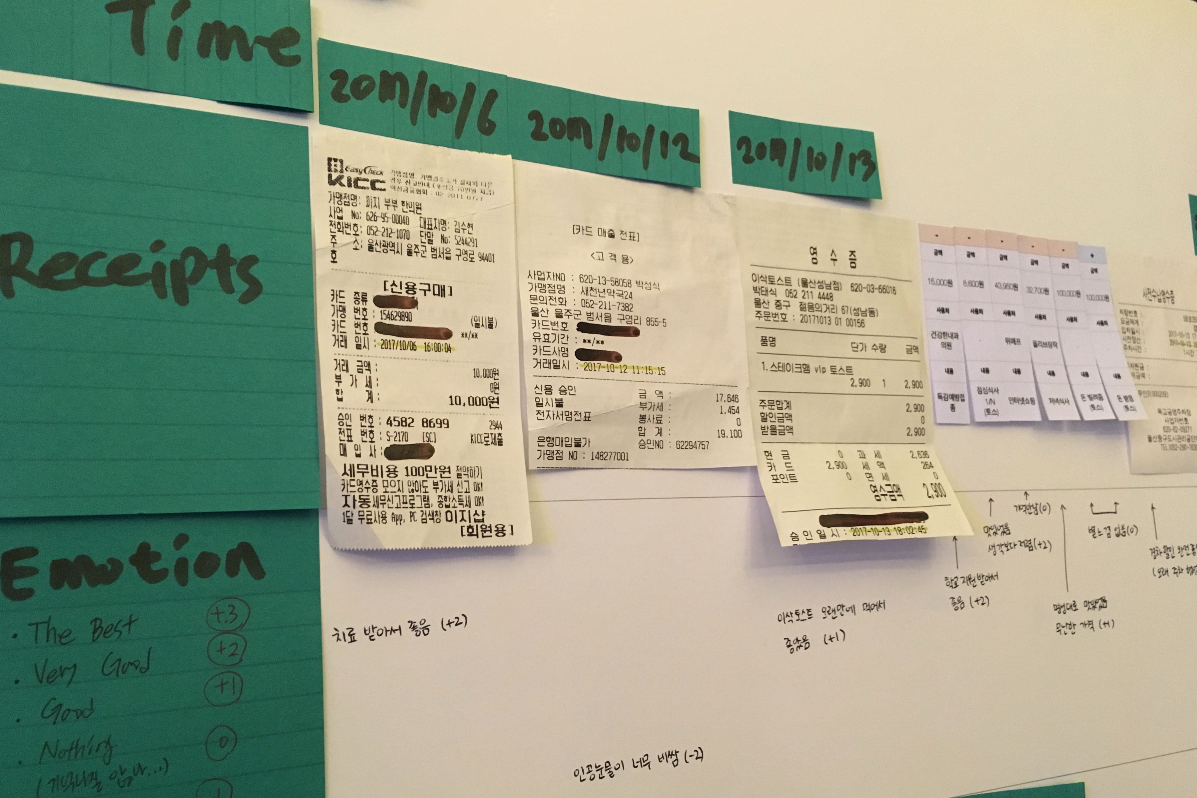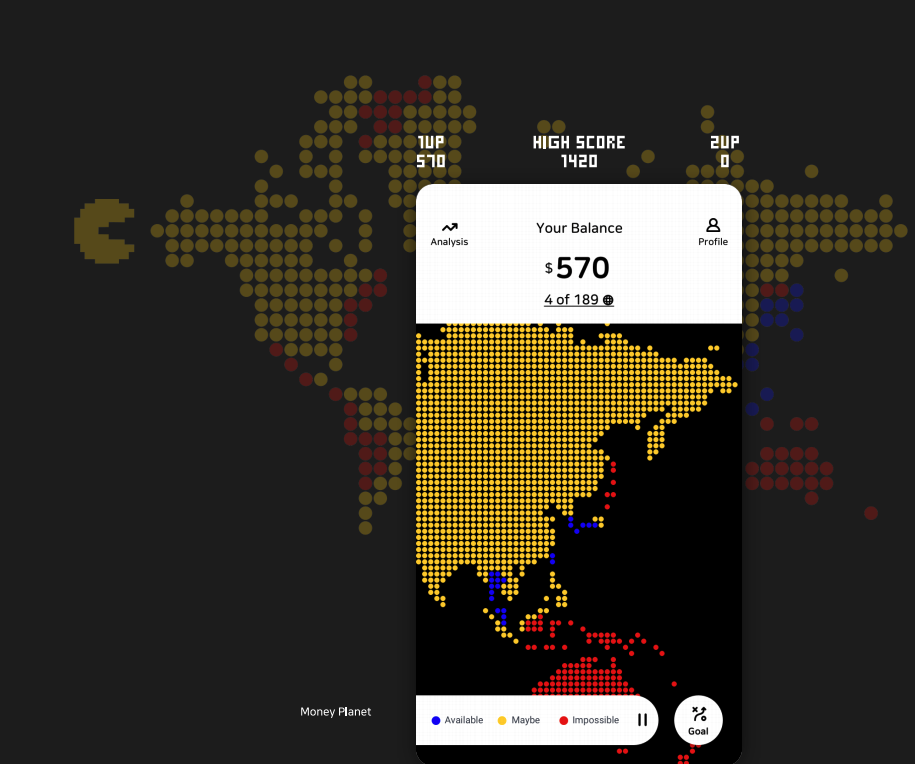
From UNIST to Fjord Singapore studio
Interviewed by Seongbeom KimYou can find the Korean version of this page here.
이 페이지의 한국어 버전은 여기에서 찾을 수 있습니다.
Service/interaction designer Wondo Jeong received a master’s degree from UNIST Design in 2019. After graduation, he moved to Singapore to work for Fjord, a global digital design consultancy. The following interview provides a peek into Wondo’s journey from UNIST Design to Fjord Singapore studio.
Seongbeom (SB) Hi, Wondo! It was great to listen to your experience last time in our seminar. Thank you for that! I asked for an additional interview because many of us wanted to learn more about your journey. Can you please tell us a bit more about Fjord?
Wondo (WD) Of course, it’s my pleasure! As you may already know, Fjord is currently the largest digital design consultancy in the world and a part of Accenture, which is one of the largest IT and business consultancies globally. We focus on human-centered design and digital products, and the outcomes range from service design and interaction design to business design. Accenture also boasts other design groups, but we at Fjord have more edge on research, and we provide our clients with more strategic solutions from higher levels, like IDEO or Frog.

SB How did you make the jump from Ulsan to the largest design consultancy in the world?
WD I did not actually do much more extra preparation to get a job outside Korea. Not that I did not need to, but because most of the teaching and project works are done in English at UNIST, so there was no need to make additional effort in terms of my work, except for honing my portfolio. Therefore, all I cared about during my study at UNIST was to have at least one or two key achievements linked to the course projects, not just to finish them. In fact, I realized that the quality of the work itself is what matters, not the awards, but at the time, I wanted to link my coursework to awards or papers so that I could continue the storyline that would tell people ‘I made this much effort and it was appreciated by this many people’. Oh, I also made made effort to make consistent storytelling in my portfolio. So I think these are two main things.
SB Thanks for sharing your tips! Shall we now move to your work life in Fjord? What’s different there? Do you have any funny or memorable stories that you want to share with UNIST Design students?
WD I started working in Fjord in January 2020, right before the COVID-19 pandemic. So I couldn’t enjoy much of my work life with my colleague in the physical Fjord office. It’s a shame because this particular studio is known for its vibrant culture, and my colleagues also often mention that. But when I first landed here, one day one of my colleagues would just go to a corner, turn on Nintendo Switch, and start playing. I asked him why he was playing games instead of working, and he said, ‘It’s interaction stuff of the game. Go away.’ (laugh). We spend time freely like this in the office and sometimes play board games together. Here we call this ‘Automation’, which means we work freely and we get evaluated for our results. We expect one another to respect other people’s time and space.

SB It is my first time hearing such term as ‘automation’. Interesting! I guess that much freedom comes with a corresponding level of responsibility.
WD Absolutely. Also, we ask each other what we dislike, like certain way of working or communicating. For instance, someone could say, ‘I do not like to be contacted in late evenings for work.’ We start projects by sharing such things, which helps to reduce conflicts and respect one another. It’s good to have this discussion in the beginning.
SB That’s a good idea, I could apply these to kick-offs in our lab projects.
WD We also share what we want to learn. I am doing service and interaction design work, but if I share my desire to learn specific new skills, a colleague of mine who has good experience in that area could invite me to work on that part together. I think that it’s good to clarify what I can learn and achieve from each project. Also, it helps to depict what the success of this project would be like to create a consensus on the big picture together. There are lots I can share about tips we use here to have fruitful kick-off meetings.
SB That seems to be a great culture. Hopefully, we can invite you for another seminar about that! I’m curious, what kind of new things did you decide to learn from recent and/or ongoing projects?
WD During one of the kick-off meetings, where we were exploring the project directions, there was a discussion about social listening. This method is becoming increasingly important for us to read internet reviews because people are getting smarter day by day, and our user study methods are being severely restricted by the pandemic. Previously we’ve been focusing a lot more on qualitative research, and therefore this type of date-driven research has been relatively rare. Social listening is a hybrid method that combines qualitative and quantitative methods, and I expressed my interest in trying it, so I am actively involved.

SB That is so nice. I am curious, what is the must-have capability and/or attitude for a good service/interaction designer?
WD This is from something I read. Empathy is basic, but the ability to ‘zoom in and out’ is a key capability for a good designer. As a service designer, you are required to overlook the whole service, and at the same time to focus on the smallest touchpoint. Maybe not pixel-to-pixel, but buttons on an interface, and UX writing. Of course, it was not easy for me when I first got here. My perspectives got too narrow at times, and it was difficult to see the big picture. I focused on interaction design because I was able to perform better, but I am getting the hang of it, as I am trying little by little.
SB Thank you for sharing your honest thoughts. Now I’d like to go back to your time at UNIST. I’ve heard that you were working in Italy but came to UNIST for graduate school. What was the motivation?
WD I came back to Korea for personal reasons. While I was thinking about what my next step should be, an acquaintance of mine told me that a professor I really admired was at the UNIST Design Department, so I applied. Also, I thought that I could become a hybrid between a designer and a developer if I studied engineering diligently for two years, which turned out to be a very difficult thing to do (laughs).
SB What was your key project during your master’s study?
WD I guess I have a couple. The one I like most is called ‘Money Planet.’ Everyone seems to like it when I go to a job interview. Once I got curious and asked why, and the person told me that it was very fresh and something that s/he has never seen elsewhere. I wondered why people thought this way and realized that it was because of my desire to create something new and unusual while I was working on the project. During the process, if I sensed any resemblance to existing solutions, I would start over.
The goal of Money Planet was to create a stress-free finance app for college students. It would help manage finances by tracking spending patterns with the use of receipts. I analyzed actual receipts and realized that they remind us about how the money was spent. A medium that works as a stimulus for our memory. During research, this helped the interviewees to talk about their way of spending money and gave me good insights.

I was trying to come up with an abstract and easier way to visualize the amount of saved money for college students. I got an insight from my research that many start saving money when they plan to travel. So when a user saves a certain amount of money, the city they can travel to with that amount of money would turn into another color indicating the possibility of going there. This motivates the users to save more.
In terms of the visual design, I was inspired by Pac-Man from the ‘Retro Game’ episode of Black Mirror, my favorite Netflix show at that time. Today we see retro designs everywhere, but back then it was not trending. So these three aspects were the drives of Money Planet and it worked well in my job interviews, which makes it a key project of mine from my time at UNIST.

↗ Learn more about Money Planet here.
SB Any story you wanna share from your UNIST time?
WD Oh, so many fun stories because I spent so much time with my friends. One of them revolves around my marriage because I got married during a semester. I was sanding and spray-painting in the 905 workshop until just two days before my wedding, and my friends threw a surprise party for me. My hands were all dirty with dust and paint when I received the cake! Despite the mid-semester rush, all of my friends came to Seoul to celebrate the wedding and went back to Ulsan and worked overnight to finish their projects. I knew they were sacrificing their sleep, but all of them looked fabulous at the wedding, which was so funny to me. I owe them so much, and I try to return the favor whenever I can. I talk to them from time to time until today. Each one of them is precious to me.

SB Sounds like really hard but also fun school time! Any advice you’d like to give to the current students of UNIST Design Department?
WD I think things have changed, and perhaps I can say something about master’s study and getting a job.
The first thing is to broaden your perspectives. My introduction to Fjord happened kind of naturally through former colleagues in Milan who worked at Fjord Milan, but also one of the professors told me that he considered design consultancy as his career path. Until then, I only thought about IT companies like Kakao and Naver, or electronics manufacturers. However, when the professor mentioned design consultancy as a possible career path, I recalled – ‘Oh, some of my friends work at Accenture!’. This realization completed my puzzle. You guys have so much potential and can explore many different opportunities if you just broaden your perspective a bit.
Second is that networking is really important. It’s not easy for those Singaporeans with diploma from known institutions to get a good job. In the end, getting into a company to gain experience often comes from people you know. I mentioned this in the seminar also. Nowadays there are good tools like LinkedIn that shows your peers from school and alumni, so you might as well approach them and ask if there’s any chance. Of course, your work should be good.
SB Thanks for the great tips! And your time today!
WD My pleasure, and do not hesitate to contact me again if you have something to ask!